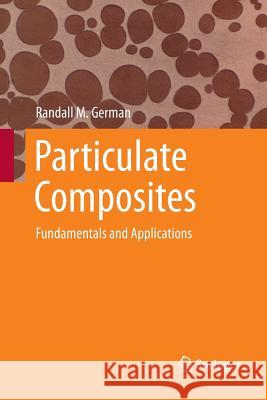Particulate Composites: Fundamentals and Applications » książka
topmenu
Particulate Composites: Fundamentals and Applications
ISBN-13: 9783319806860 / Angielski / Miękka / 2018 / 436 str.
Kategorie:
Kategorie BISAC:
Wydawca:
Springer
Język:
Angielski
ISBN-13:
9783319806860
Rok wydania:
2018
Wydanie:
Softcover Repri
Ilość stron:
436
Waga:
0.63 kg
Wymiary:
23.39 x 15.6 x 2.34
Oprawa:
Miękka
Wolumenów:
01
Dodatkowe informacje:
Wydanie ilustrowane











